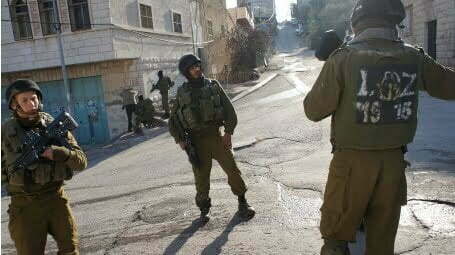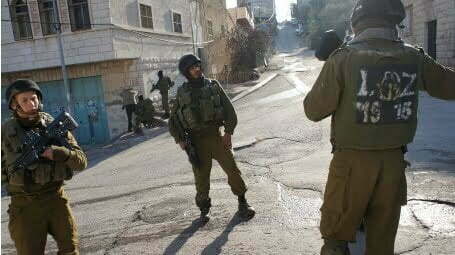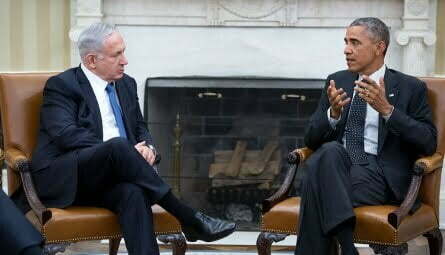Over the past few weeks, the blogosphere has been abuzz about the proposed United Nations resolution to recognize a Palestinian state during the opening session of the General Assembly in late September. Apart from the many uncertainties about if and when the vote itself may take place, several pro-Israel pundits have been engaged in a lively discussion over the nature of a sovereign Palestine. Former AIPAC director Steven Rosen warned about an “imaginary Palestinian state” in this month's Foreign Policy. He argues that while each of the two non-contiguous Palestinian entities controlled by the Palestinian Authority and HAMAS is not unqualified – although in his opinion still unworthy – of sovereignty under the 1933 Montevideo Convention, a third conceptualization encompassing both Gaza and the West Bank falls short of an authentic state and is one that “plants the seeds for civil and international wars.”
Brookings Institution Saban Center head Daniel Byman and his Georgetown University colleague Charles King seem to concur, writing in the New York Times on 15 August that Palestine could be one of the “phantom menance[s]” of small states seeking sovereignty. Despite the poignancy of the contentions, this terminology and its conclusions are hardly new. Yet, what might the Israeli settler movement have in common with this latest bid for Palestinian statehood?
In many ways, Israeli settlements in the West Bank constitute their own phantom state. While Israel's sovereignty over the West Bank remains unrecognized by international law more than 40 years after the 1967 war, the settler movement is well on its way to meeting the technical definitions for statehood. Today, the Jewish residents of the West Bank maintain a sizeable population (over 300,000 strong by latest estimates), occupy and control a defined territory, engage in self-government, conduct relations with other states in trade and tourism, and even maintain a budding self-defense force, albeit it in coordination with the Israeli army and government. The Israeli settler population has also evolved its own social and cultural mores, which even extend to manners of speech and dress that distinguish them from the Israeli community within the Green Line. Most importantly, many are concerned that the growing tide of vigilantism in the territories is a growing indication of a state within a state.
These two phantom states are on a collision course for late September. Last week, Haaretz reported that as part of Operation Summer Seeds, a mission aimed to counter “mass disorder” in the wake of the UN vote, the Israel Defense Force has been arming and training settlers for possible attacks against settlements. According to leaked documents, settler 'first responders' have been provided with tear gas and stun grenades for crowd dispersal and should specified 'red lines' be crossed, permission would be given to use live fire. While international monitoring groups including Peace Now and Rabbis for Human Rights immediately decried the (further) arming of settlers in fear of price tag operations against neighboring Palestinian communities, the Defense Ministry and IDF have been at pains to defend their actions. Danny Dayan, head of the YESHA Council, the pre-eminent settler representative body, was also quick to downplay tensions, stressing in an interview to Yediot Ahronotthat armed settler teams were not “private settler militias,” that there was nothing extraordinary about recent training, and that settlers “would operate under orders to avoid killing civilians…in the event of a break-in at a settlement, the response would be purely defensive, not offensive.” However, many are concerned about what Israel's Foreign Minister Avigdor Lieberman, himself a settler at Nokdim, prediction of a “bloodshed the likes of which we've never seen before”.
What is the meaning of a conflict between these two phantom states? The power dynamic will have shifted: for the first time, a nominally sovereign Palestine may encounter the shadow state of the settlers. While it is unlikely that the UN vote will have any meaningful ramifications, it may bring a change in status for both long unrecognized entities in the West Bank. A clash between these two parties could stand as an important test case for newly resurrected schemes whereby Jewish settlers would live under Palestinian state. Most of all, it brings renewed awareness that no state – phantom or otherwise – has yet been able to find a modus vivendi for two communities living side by side in the West Bank. Perhaps once a Palestinian state comes out of the shadows, new light may be seen in this direction.















